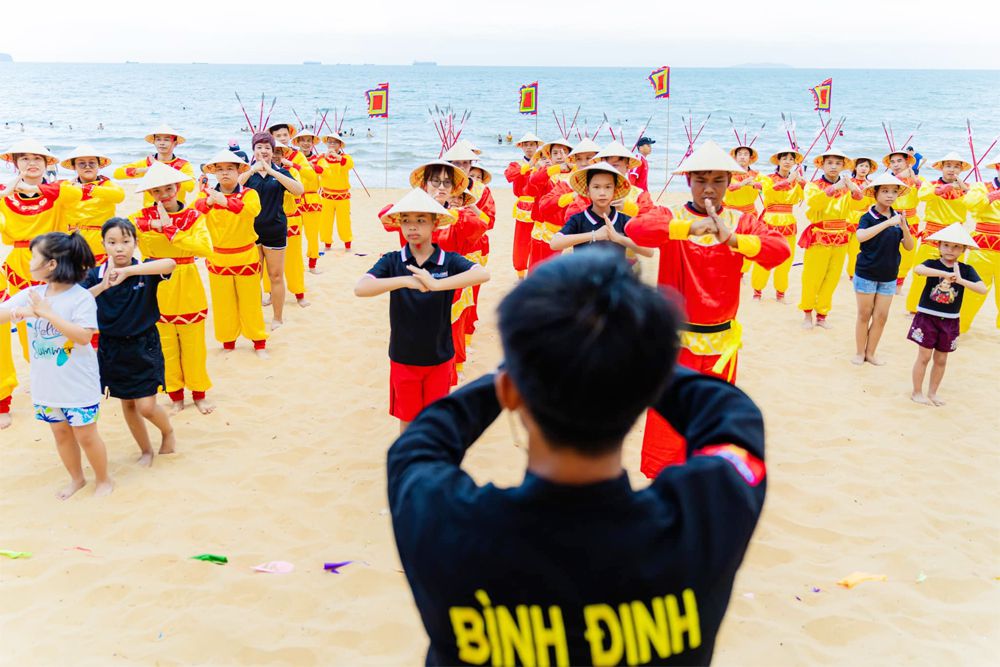Tay Son Quy Nhon Martial Arts: A Legacy Forged in Rebellion
Vietnam has a rich martial arts tradition, but few styles carry the historical weight and cultural significance of Tay Son Quy Nhon. Born from the fires of rebellion and honed on the battlefields of the 18th century, this dynamic fighting style reflects the indomitable spirit of its birthplace. Let’s delve into the fascinating origins of Tay Son Quy Nhon martial arts.

The Rise of the Tay Son Dynasty
To understand Tay Son Quy Nhon, we must first journey back to the tumultuous era of the Tay Son Dynasty (1778-1802). Three brothers, Nguyen Nhac, Nguyen Lu, and Nguyen Hue, led a peasant uprising against the oppressive Nguyen lords and foreign invaders, ultimately unifying Vietnam under their rule.
Martial Arts as a Tool for Revolution
Martial arts played a pivotal role in the Tay Son rebellion. The brothers, skilled martial artists themselves, recognized its importance in training their troops and inspiring their followers. They drew inspiration from various regional fighting styles, blending techniques and philosophies to create a unique and effective combat system.
Key Characteristics of Tay Son Quy Nhon
Emphasis on Practicality: Born from the necessity of warfare, Tay Son Quy Nhon prioritizes practical combat techniques over elaborate forms. It’s known for its directness, efficiency, and focus on disabling an opponent quickly.
Diverse Techniques: The style incorporates a wide range of techniques, including strikes, kicks, grappling, joint locks, and weapon use. This versatility allows practitioners to adapt to various combat situations.
Internal and External Strength: Tay Son Quy Nhon emphasizes the development of both internal and external strength. Practitioners cultivate internal energy (qi) through breathing exercises and meditation, while also building physical power through rigorous training.
Philosophical Foundation: The martial art is deeply rooted in Vietnamese philosophy and cultural values, emphasizing respect, discipline, and self-improvement.
The Legacy of Quang Trung
Nguyen Hue, who later became Emperor Quang Trung, is considered a legendary figure in both Vietnamese history and martial arts. A brilliant military strategist and a master martial artist, he played a crucial role in shaping Tay Son Quy Nhon. His legacy continues to inspire practitioners today.
Tay Son Quy Nhon Today
While the Tay Son Dynasty eventually fell, its martial arts legacy endures. Practitioners in Quy Nhon and beyond continue to preserve and promote this unique fighting style. Modern schools often incorporate elements of other martial arts, but the core principles of practicality, versatility, and self-cultivation remain central.
Exploring Tay Son Quy Nhon
If you’re interested in experiencing this historical martial art, consider visiting Quy Nhon, the birthplace of the Tay Son Dynasty. Here, you can find traditional schools and witness demonstrations of this dynamic fighting style.
Tay Son Quy Nhon martial arts offers a fascinating glimpse into Vietnam’s history and cultural heritage. It’s a testament to the power of martial arts to shape not only individuals but also the course of nations.




